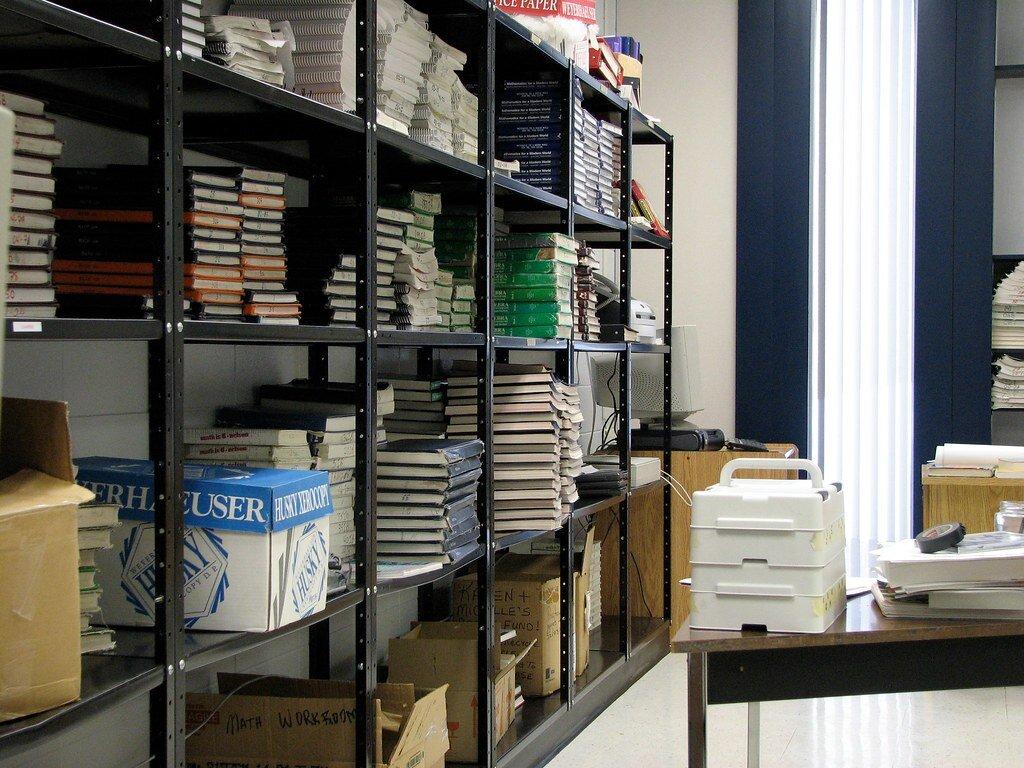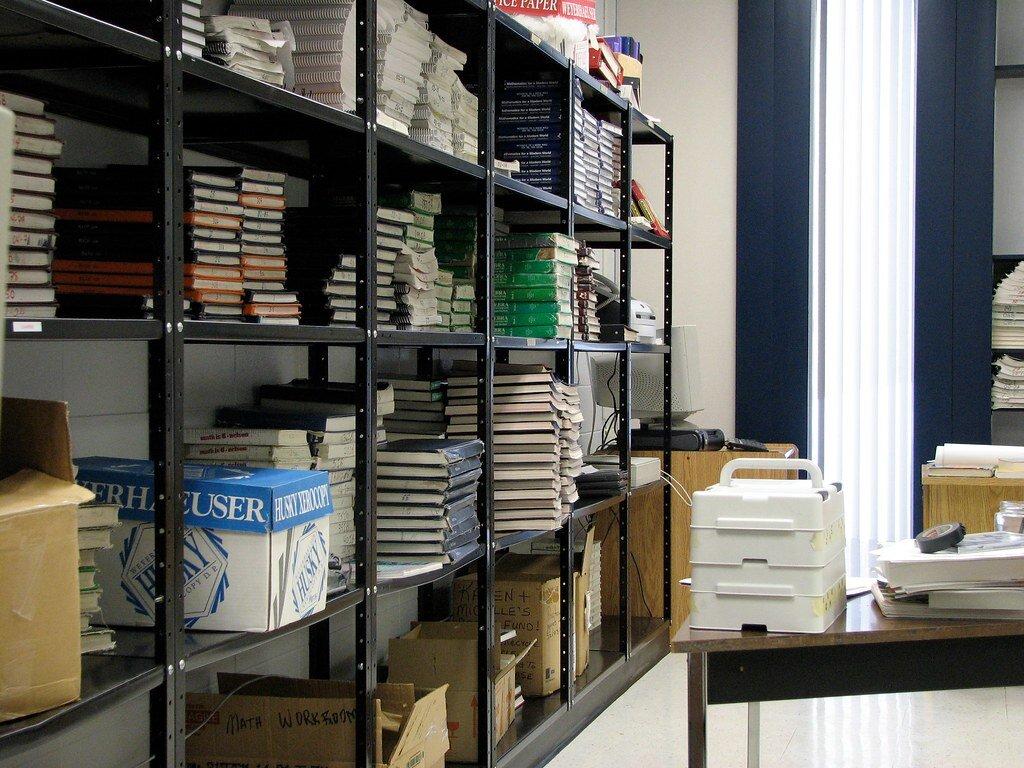As a new semester begins, the book lists continue to grow for many students across the country. How important are some of these texts? Students will find themselves only using these books for a single chapter or a few pages more often than not. The prices for educational expenses continue to rise, and many teachers continue to assign expensive textbooks to students already struggling in this COVID-19 society. The average semester book cost is $250, along with the $2,871 tuition costs per semester, cost per class, and lab fees. How is this reasonable for every student?
COURTESY // rob.wall
Many students are trying to find alternative sources for these books, but few resources are available. With most students self-isolating, living at home, and attending classes online, the library no longer can be offered as a free resource to access textbooks for all students. Nevertheless, there are still texts demanded from teachers instead of finding other resources to make it more accessible to all
Anneliese Thorpe, a Santa Rosa Junior College transfer student, reported her book costs, saying, “I had a class in the spring semester and the book was released a month before the class started. There were no used ones available and I had to pay the new book price of almost $250.”
While the newest texts can be substantial, most textbooks are copies of each other with only about a chapter of updated information. With much cheaper versions available, these options should be given to students. Additionally, if the information provided is crucial for a student’s success in a course, it should be taught rather than a required purchase.
Students at Sonoma State often are asked to buy readers for courses that provide small readings by the teachers or single chapters that can be viewed as PDF readings on Canvas; instead, we have to pay upwards of $60 to the school.
These outrageous textbook prices are not just central to Sonoma State University. Across California, these texts’ costs have been ridiculously high with little reason. Down in southern California at the University of Irvine, student Ruth Newman shared that she bought “the school’s version of [a] textbook… it removed one-third of the chapters and incorporated one to three chapters of the professor’s inclusion.” She continued, “The chapter we were required to have was only four pages long. Instead of photocopying that, we had to purchase the school’s version, which included less information, not available to rent, unlike the full text for $15. I am spending between $200 and $230 in texts for this class.”
Reports with new data from CampusBooks.com, a leading textbook price comparison website, show that overall prices and new textbook purchases have increased, while rentals and used book sales are declining. Alex Neal, CEO, and founder of CampusBooks.com, stated, “[Covid-19] has caused a drastic shift in trends – moving away from used textbooks and rentals and an increase in new books and more online sales. Campus bookstores as we know them may be a thing of the past.”
It is unimaginable that students are paying more money during a pandemic. According to those same reports, they show that in June, average prices were up 27% year over year, meaning that textbook companies are aware of the opportunity to reach remote learners and capitalize on it. The blatant up charging and disrespect of students’ money is insulting. Textbooks do not need to be free, readers do not need to be free, but it should be a reasonable cost that makes it worth it for all parties involved. Instead, college students’ debt grows while the pockets of the wealthy’ continue to be full of money.




































